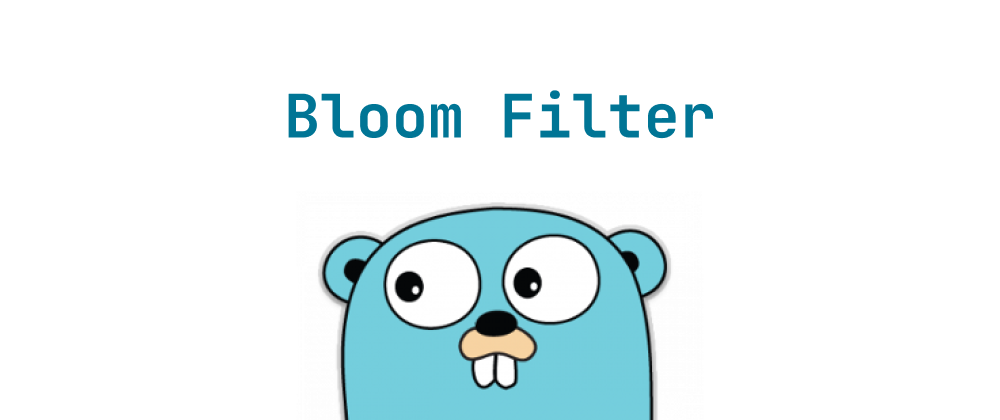How to Escape JSON: A Comprehensive Guide
Olivia Novak
Dev Intern · Leapcell

Key Takeaways
- Escaping special characters in JSON ensures valid and safe data exchange.
- Use built-in libraries to handle escaping automatically.
- Manual escaping is error-prone and should be avoided when possible.
JSON (JavaScript Object Notation) is a widely used data format for exchanging information between systems. While its syntax is straightforward, handling special characters within JSON strings requires careful attention to ensure data integrity and prevent parsing errors. This guide delves into the essentials of escaping characters in JSON, providing insights and best practices for developers.
Why Escaping is Necessary in JSON
In JSON, strings are enclosed in double quotes. Certain characters within these strings have special meanings or could disrupt the structure if not properly escaped. Escaping these characters ensures that the JSON remains valid and can be correctly parsed by various systems.
Characters That Require Escaping
The following characters must be escaped in JSON strings:
| Character | Escape Sequence |
|---|---|
" | \" |
\ | \\ |
/ | \/ |
| Backspace | \b |
| Form feed | \f |
| Newline | \n |
| Carriage return | \r |
| Tab | \t |
Additionally, control characters (characters with ASCII codes less than 32) should be escaped using the \u notation. For example, the null character (ASCII code 0) is represented as \u0000 .
Escaping JSON in Different Programming Languages
Most programming languages provide built-in functions or libraries to handle JSON escaping:
JavaScript
const obj = { message: 'He said, "Hello, World!"' }; const jsonString = JSON.stringify(obj); console.log(jsonString); // Output: {"message":"He said, \"Hello, World!\""}
Python
import json obj = {"message": "He said, \"Hello, World!\""} json_string = json.dumps(obj) print(json_string) # Output: {"message": "He said, \"Hello, World!\""}
Java
import com.fasterxml.jackson.databind.ObjectMapper; import java.util.HashMap; import java.util.Map; public class JsonEscapeExample { public static void main(String[] args) throws Exception { ObjectMapper mapper = new ObjectMapper(); Map<String, String> obj = new HashMap<>(); obj.put("message", "He said, \"Hello, World!\""); String jsonString = mapper.writeValueAsString(obj); System.out.println(jsonString); // Output: {"message":"He said, \"Hello, World!\""} } }
Go
package main import ( "encoding/json" "fmt" ) func main() { obj := map[string]string{"message": "He said, \"Hello, World!\""} jsonData, _ := json.Marshal(obj) fmt.Println(string(jsonData)) // Output: {"message":"He said, \"Hello, World!\""} }
Manual Escaping of Strings
If you need to escape a string manually (e.g., when not using a JSON library), you can replace special characters with their corresponding escape sequences. Here's an example in JavaScript:
function escapeString(str) { return str .replace(/\\/g, '\\\\') // Escape backslashes .replace(/"/g, '\\"') // Escape double quotes .replace(/\n/g, '\\n') // Escape newlines .replace(/\r/g, '\\r') // Escape carriage returns .replace(/\t/g, '\\t'); // Escape tabs } const escapedString = escapeString('He said, "Hello, World!"\nNew line here.'); console.log(escapedString); // Output: He said, \"Hello, World!\"\nNew line here.
Tools for Escaping JSON
Several online tools can assist in escaping JSON strings:
-
LambdaTest JSON Escape Tool: Automatically escapes special characters in JSON data, making it suitable for storage or transmission .
-
FreeFormatter.com JSON Escape/Unescape: Escapes or unescapes a JSON string, removing traces of offending characters that could prevent parsing .
Best Practices
-
Use Built-in Libraries: Whenever possible, utilize the JSON handling libraries provided by your programming language to manage escaping automatically.
-
Validate Input: Always validate and sanitize input data to prevent injection attacks or malformed JSON.
-
Avoid Manual Escaping: Manual escaping is error-prone. Rely on established libraries and tools to handle this task.
-
Test Thoroughly: Ensure that your JSON data is correctly escaped and can be parsed without errors by testing with various parsers.
Conclusion
Properly escaping special characters in JSON is crucial for maintaining data integrity and ensuring seamless communication between systems. By understanding the characters that require escaping and leveraging the tools and libraries available, developers can effectively manage JSON data and prevent common pitfalls.
FAQs
Escaping prevents parsing errors and maintains data integrity.
Always use official libraries for your programming language.
Characters like quotes, backslashes, and control characters need escaping.
We are Leapcell, your top choice for hosting backend projects.
Leapcell is the Next-Gen Serverless Platform for Web Hosting, Async Tasks, and Redis:
Multi-Language Support
- Develop with Node.js, Python, Go, or Rust.
Deploy unlimited projects for free
- pay only for usage — no requests, no charges.
Unbeatable Cost Efficiency
- Pay-as-you-go with no idle charges.
- Example: $25 supports 6.94M requests at a 60ms average response time.
Streamlined Developer Experience
- Intuitive UI for effortless setup.
- Fully automated CI/CD pipelines and GitOps integration.
- Real-time metrics and logging for actionable insights.
Effortless Scalability and High Performance
- Auto-scaling to handle high concurrency with ease.
- Zero operational overhead — just focus on building.
Explore more in the Documentation!
Follow us on X: @LeapcellHQ




